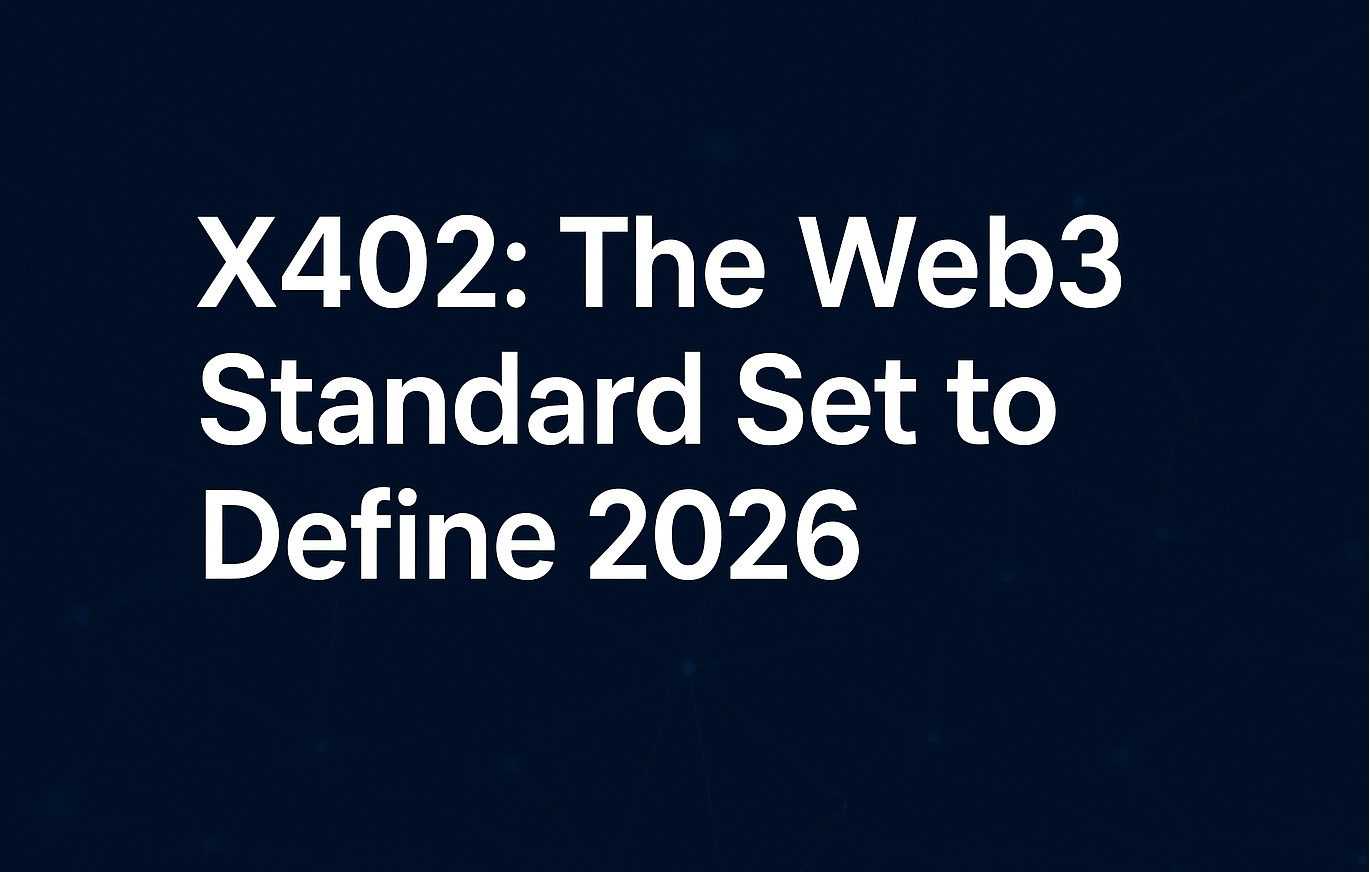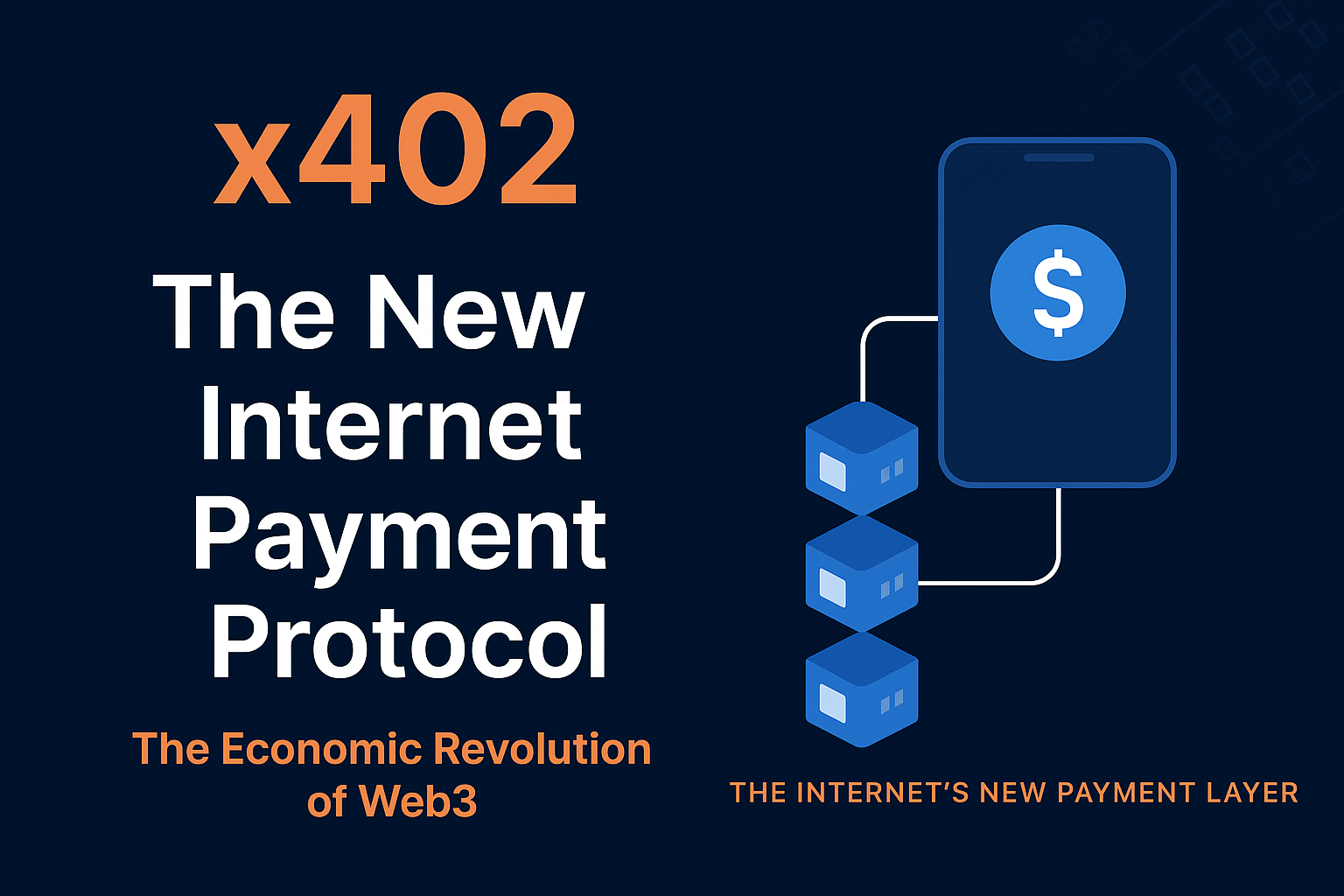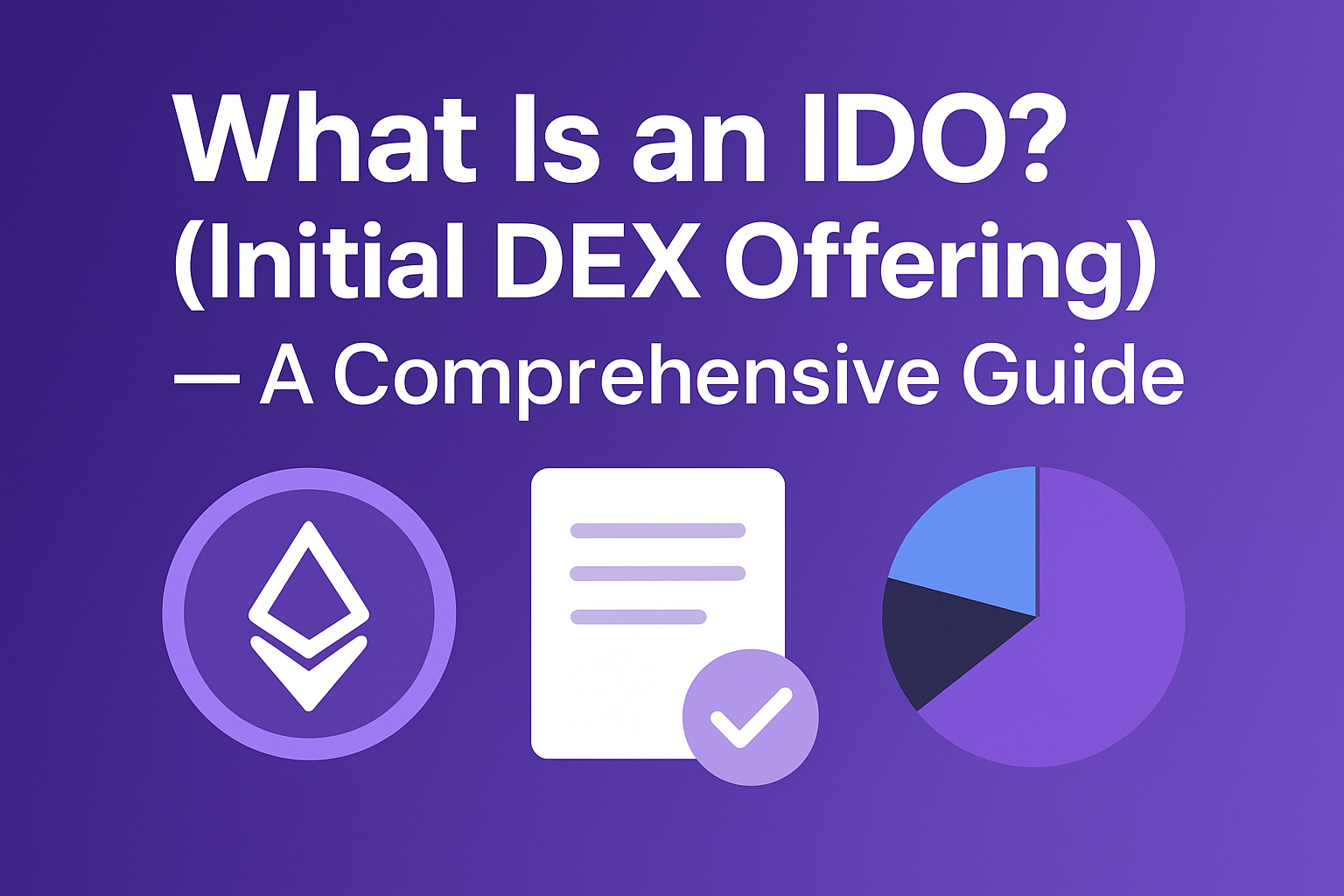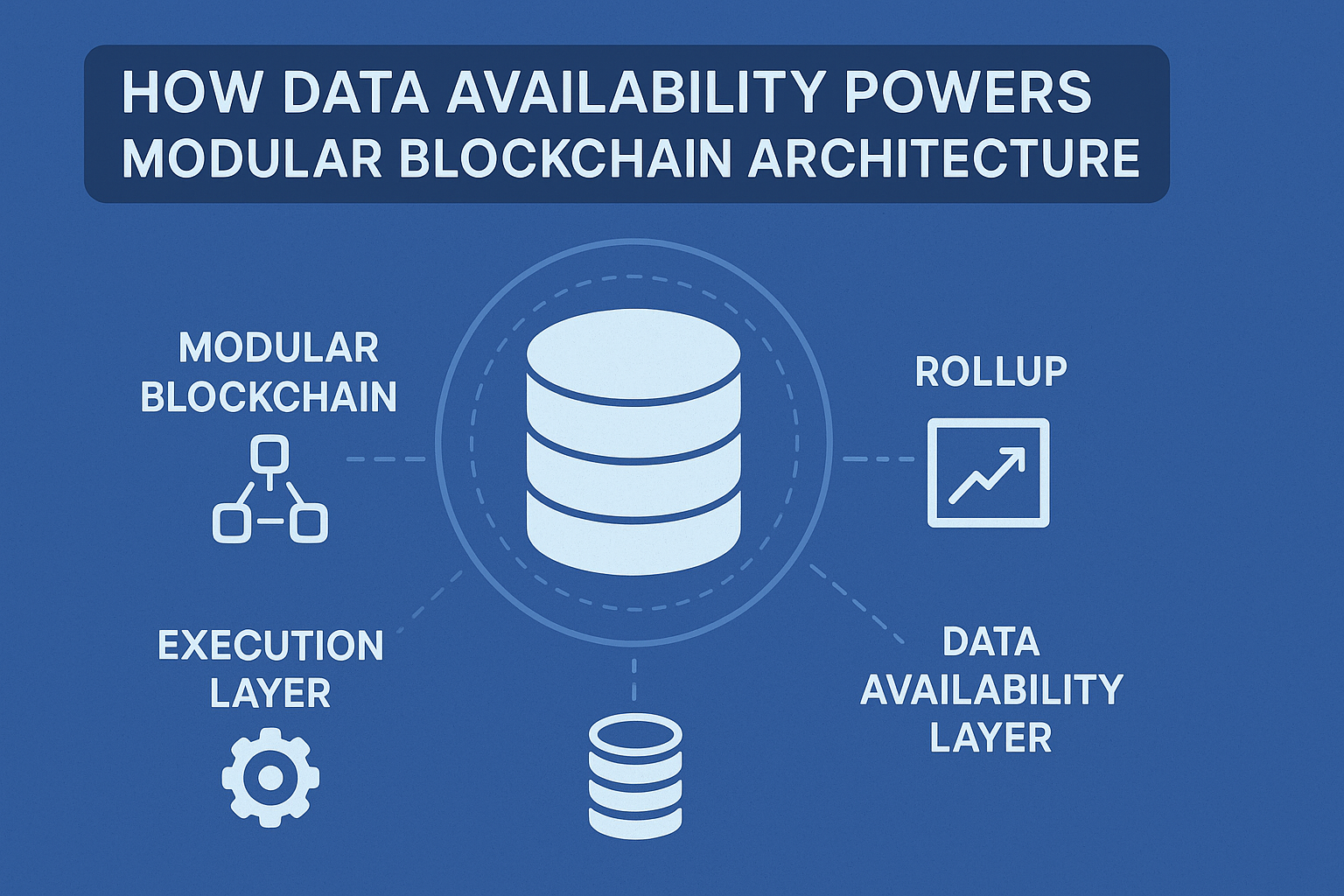🚀 Introduction: Why Rollups Exist
As blockchain adoption grows, Layer 1 networks like Ethereum face a critical challenge — scalability. Every transaction being processed on-chain slows down throughput and increases gas fees.
To address this bottleneck, Layer 2 Rollup technologies emerged. Rollups execute transactions off-chain, then submit results back to Layer 1 for verification.
This allows for massive scalability while maintaining the security of the base layer.
🧩 What is a Rollup?
A Rollup bundles (or “rolls up”) hundreds of transactions into a single data batch. That batch is then posted to Layer 1 — drastically reducing data load and cost.
Core Goals:
- Minimize on-chain data
- Reduce gas costs
- Preserve Layer 1-level security
There are two main categories of rollups:
- Optimistic Rollups
- Zero-Knowledge (ZK) Rollups
🟧 Optimistic Rollups: The “Assume It’s Valid” Approach
🔹 Concept
Optimistic Rollups operate under an optimistic assumption — all transactions are valid unless proven otherwise. Instead of verifying every transaction, the network relies on fraud proofs to catch invalid activity.
⚙️ How It Works
- Transactions are executed off-chain by a sequencer.
- A compressed state root is submitted to Layer 1.
- Validators can challenge suspicious batches within a challenge window (usually 7 days).
- If a fraud proof is valid, the malicious party’s bond is slashed, and the correct state is restored.
✅ Advantages
- Full EVM compatibility (easy to port Ethereum dApps).
- Low transaction fees.
- Easy developer onboarding.
⚠️ Disadvantages
- Long finality time due to the challenge period.
- Fraud proof logic is complex and resource-intensive.
🔧 Real-World Examples
- Optimism
- Arbitrum
- Base (by Coinbase)
🟪 ZK Rollups: The “Cryptographic Truth”
🔹 Concept
Zero-Knowledge Rollups use cryptographic proofs — typically ZK-SNARKs or ZK-STARKs — to verify that a batch of transactions is valid without revealing all underlying data.
Instead of assuming honesty, every transaction group is mathematically verified.
⚙️ How It Works
- Transactions are processed off-chain.
- A validity proof (ZK proof) is generated.
- This proof is submitted to Layer 1.
- The chain instantly verifies the proof — finality is immediate.
✅ Advantages
- Instant finality (no waiting period).
- Mathematically guaranteed security.
- No reliance on social or economic incentives.
⚠️ Disadvantages
- Generating proofs requires heavy computation.
- EVM compatibility is still maturing (zkEVMs aim to fix this).
🔧 Real-World Examples
- zkSync Era
- StarkNet
- Polygon zkEVM
- Scroll
⚖️ In-Depth Comparison: Optimistic vs ZK Rollups
| Feature | Optimistic Rollup | ZK Rollup |
|---|---|---|
| Verification | Fraud Proof | Validity Proof |
| Finality | Delayed (up to 7 days) | Instant |
| EVM Support | Full | Partial (zkEVM-dependent) |
| Security Model | Economic & Social | Cryptographic |
| Processing Cost | Low | Medium–High |
| Transaction Speed | Fast (delayed finality) | Fast (instant finality) |
| Leading Projects | Arbitrum, Optimism, Base | zkSync, StarkNet, Polygon zkEVM |
🌐 The Future: Which Rollup Will Dominate?
Realistically:
- Short-term (2025–2026): Optimistic Rollups will dominate because of ecosystem maturity and developer adoption.
- Mid–long-term (2027+): ZK Rollups are expected to lead, thanks to stronger scalability, privacy, and instant settlement.
The rapid evolution of zkEVM technology will bridge the compatibility gap and make ZK-based rollups as flexible as Optimistic ones.
In the coming years, the blockchain world will likely move toward a hybrid modular ecosystem, where both rollup types coexist — each serving specialized roles in the scalability stack.
🔑 Conclusion
Rollups are the backbone of Ethereum’s scaling roadmap and the future of blockchain performance.
While Optimistic Rollups focus on simplicity and ecosystem compatibility, ZK Rollups emphasize mathematical precision and security.
In short:
🟧 Optimistic Rollup = Ease & Ecosystem
🟪 ZK Rollup = Speed & Cryptographic Assurance
Both technologies are critical pillars of the next generation of Web3 infrastructure.






